Every discipline and hobby has a gateway attraction that gently eases newcomers into the fold while urging them deeper inside. Video games have only gotten more diverse and user-friendly as the years go on, so the number of casual games casts a wide net today. As such, we’re focusing on games that are casual-friendly, yet also dip their toes into enthusiast mechanics or concepts. So, without further ado, here’s our list of 15 single-player games that turned non-gamers into gamers.
The Stanley Parable
The broad appeal of The Stanley Parable is easy to understand; it lacks a complex control scheme and doesn’t ask for long gaming sessions, and the experimental narrative sandbox is instantly gripping. You can casually sit down for 10 minutes at a time going through different routes as you come up with different ways to annoy the narrator. This narrative choose-your-own-adventure experience breaks the fourth wall many times, constantly poking fun at the illusion of choice in narrative-driven video games. Like others on this list, The Stanley Parable can be categorized as a visual novel just as much as it can a video game, though it smartly pokes at what it means to be a video game through its unique first-person interactivity.
Hellblade: Senua’s Sacrifice
The first Hellblade was pretty groundbreaking when it came out in 2017. Sure, the combat wasn’t amazing, and the level design left something to be desired, but the immersive quality of the main character’s audio-visual hallucinations was new and interesting. Hellblade helped push the interactive medium by putting players into the mind of someone suffering from Psychosis. The team wanted a game that let players experience the mental illness itself, and not just the reactions of characters experiencing it. This was expressed by voices in Senua’s head rather than just text on a screen. Hellblade was played by many outside the gaming space who wanted to experience something new and different, and that included nurses and doctors wanting to understand Psychosis as well as casual players looking for a different kind of narrative experience.
Animal Crossing: New Horizons
Any Animal Crossing game could earn a spot on this list, but New Horizons gets an edge up due to being on the Switch and selling a whopping 45 million. Animal Crossing is pretty much the ultimate cozy lifestyle sim, one that doesn’t demand too much time to thoroughly enjoy. The gameplay philosophy of taking on little bite-sized tasks every day can apply to real life, and it’s one of the reasons people from all walks of life love it. The portable on-the-go functionality of the Nintendo Switch adds to the mass appeal of Animal Crossing: New Horizons further, giving otherwise-dull vacations and business trips added fun as players meet new villagers and find ways to pay off Tom Nook’s loan.
The Witness
Braid was one of the first indie games to really go viral back in the late 2000s, and we had to wait quite a long while for Jonathan Blow’s next game. 8 years later, The Witness arrived and challenged what a puzzle video game could be. The Witness is about as pure a puzzle game as you can get. There’s no music, no plot, and no gameplay to speak of other than walking and solving the creative grid-based line-connecting puzzles. Puzzle aficionados can feel right at home with The Witness’s escalating complexity without worrying about control scheme worries or typical multimedia layers like sound and cinematics getting in the way. The only knock against it is that it’s still not available on Android, and that someone hasn’t converted its puzzles into book form yet.
Detroit: Become Human
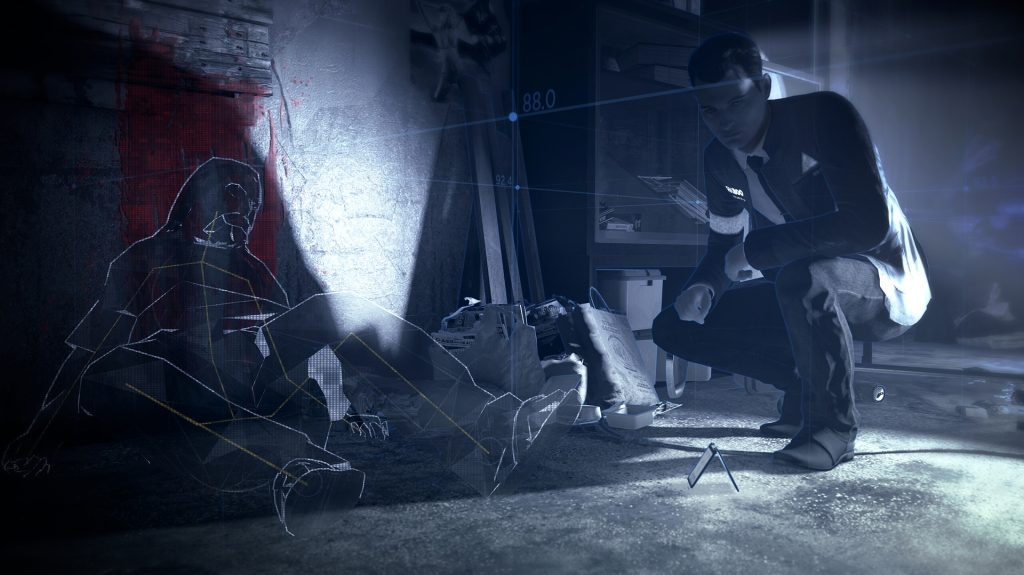
With 85 possible endings and a myriad of different paths, Detroit: Become Human is the ultimate choose-your-own-adventure game. The plot revolves around a dystopian sci-fi Detroit being overrun by android sentience, but the developer’s style is what really makes the game unique. Also, it’s got the best branching choice flow chart in a game to date. Detroit: Become Human is a real delight to watch and play, making it an ideal streamer game for gamers and non-gamers alike.
Undertale
It’s difficult to pin down how or what exactly got this RPG indie sensation so popular. Undertale employs a 2D aesthetic and despite its niche and retro inspirations, Undertale attracted many new gamers into the fold, resulting in a surge of people going back to play the older classics out of curiosity and passion for the style. The story isn’t your typical grandiose journey, and the gameplay merges genres like bullet hells into its battle system, making for a unique and fresh experience that has sparked an interest in such genres to newcomers.
Super Mario Odyssey
Being one of the most popular and highly rated Mario games to date with 27 million in sales is no small feat. It’s true that pretty much every mainline Mario game has wide appeal and moves consoles, but Super Mario Odyssey had a trick up its sleeve, or should I say, a hat? The transforming Cappy hat, swimsuit Mario, and Jump Up Superstar big band song instantly entered meme status, capturing a wide audience as a result. And we’re thankful the marketing caught on because Super Mario Odyssey is one of the most fun and well-designed 3D platformers of all time.
Celeste
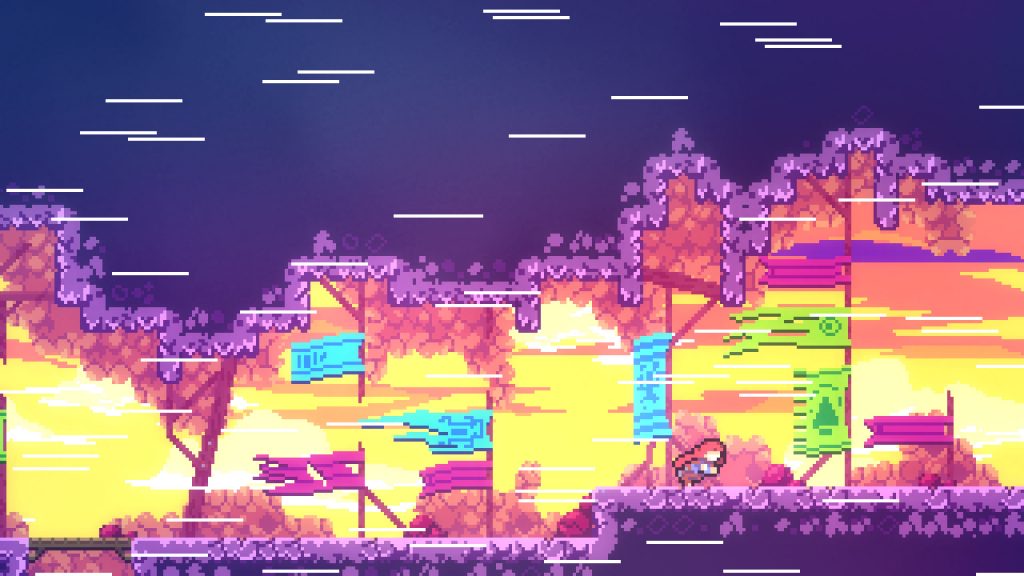
Despite being a punishing platformer, Celeste has some of the most user-friendly difficulty options in the genre. The options allow you to play how you want with the amount of air dashes, stamina, and invincibility available as a toggle. Also, the game is just so quick to jump in and out of thanks to the snappy respawn and checkpoints for every room. Beyond the flexible gameplay, the story is broadly appealing with the main character’s down-to-earth battles with anxiety, all told through a supernatural mountain climb.
Stardew Valley
Stardew Valley ticks all the casual boxes and does it with a surprising amount of depth. You can farm crops and stake your place in the valley at a leisurely pace, or you can work toward seeing the post-game content with a successful farm and wife. Stardew Valley has a lot of management sim meat on its bones despite its casual appearance, leading players to try out more involved games lacking the kind of convenience features this game has.
Firewatch
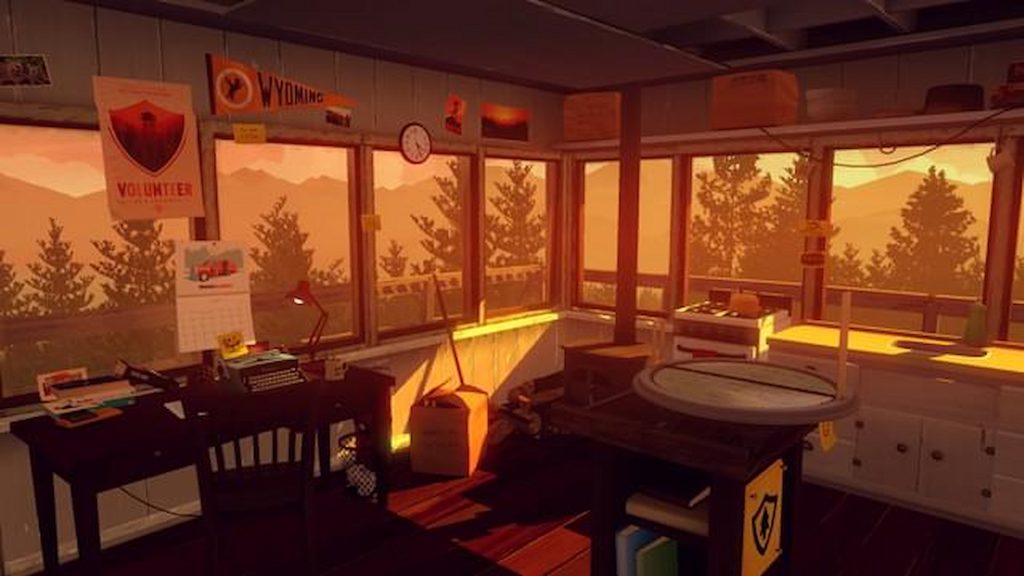
Firewatch is another one on this list that’s perhaps just as enjoyable to watch as it is to play. The dialogue between the two fire dispatchers, Henry and Delilah, really carries this game with the charm and witty banter. It’s also got a mystery element woven through the narrative as you’re left questioning if Delilah is well-intentioned, working as a spy, going nuts, or all of the above. The down-to-earth nature of its premise and laid-back gameplay help give Firewatch a broad appeal.
Journey
Everyone reading this already knows about Journey, so I’ll spare the summary. Journey is one of those games that gets instantly recommended to non-players, and for good reason. It’s impossible to fail at, has an attractive audio-visual core, and provides an interactive experience you can’t get elsewhere. The lack of UI cluttering the screen eases new players to dive in without hesitation. And who doesn’t like sand surfing? It’s just so easy to pop into a session without needing to use your brain and tense up your gaming reflexes. Journey would go on to be a true journey into the wide world of video games for many newcomers to the hobby.
Portal
Originally developed as a school project titled Narbacular Drop, Portal went on to inspire independent games as a concept. The inventive portal tool gets our brains to think outside the box as we solve Glados’ test chambers. The narrative brims with inventiveness as the test subject, Chell, seeks to break free of the testing and find a new path forward. Portal remains one of the most creative and unique games ever created. It’s one of those games that breaks the boundary of the entertainment box it’s in, compelling gamers and non-gamers alike to experience its quirky and unpredictable narrative. Even with first-person 3D controls, non-gamers couldn’t help but experience such a novel, mind-bending game.
Inside
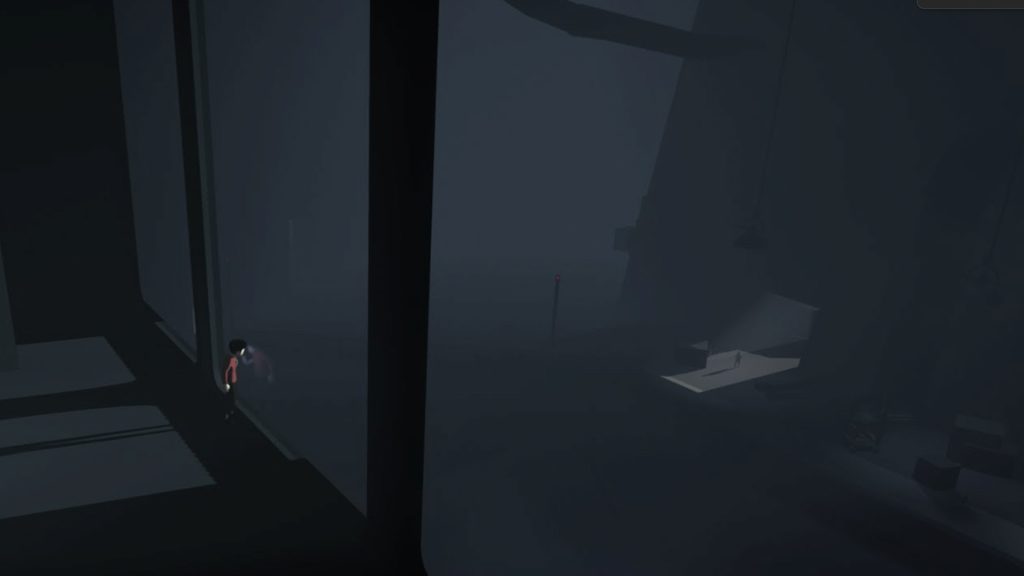
It’s astonishing how simple and understated the gameplay and aesthetic of Inside is, yet it’s still hailed as one of the most unique gaming experiences. Like Limbo before it, the intro of Inside has you simply walking forward without any exposition or explanation. You’re left to wander and figure things out through exploration and carefully constructed environments. If the dark atmosphere wasn’t enough, there’s also some horror sprinkled in with little jump scares and tense moments that help push Inside further into the annals of casual game stardom.
The Last of Us: Part 1
The Last of Us manages to hit that sweet spot appealing to those outside the gaming sphere while still being challenging and ‘video-gamey’ in its own right. Now that The Last of Us TV show is out, non-gamers are flocking to the remake of the first game more than ever. The game’s setting ticks all the boxes of a modern series-seller: zombies, post-apocalypse, survival, father-daughter bonding, drama. The Last of Us: Part 1 also happens to punch us right in the gut with one of the most impactful openers in any form of media, let alone video game. It’s easy to see why The Last of Us got its own TV series and a remakes after the original’s release in 2013.
The Legend of Zelda: Breath of the Wild
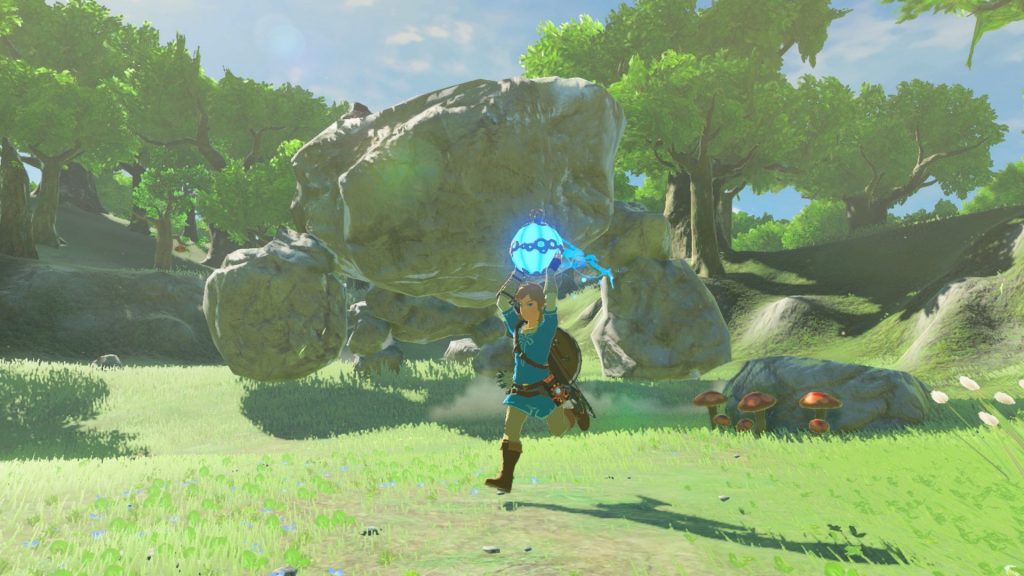
We all knew The Legend of Zelda could sell systems and rise to the top of Metacritic ratings, but who could’ve predicted Breath of the Wild’s tremendous success? When Breath of the Wild first came out, it was often called the best game of all time. Taking Zelda fully open world revitalized the genre and helped draw in new players who wanted to explore at their own pace. The open exploration is accompanied by flexible abilities like Magnet and Stasis, which allow for a wide range of creative solutions to puzzles and ways to play with items, enemies, and the environment around you. Sure, the weapons break way too fast in Breath of the Wild, but many players could overlook that due to the vast world and limitless ways to play the game. Many fans of Breath of the Wild would go on to try out other games afterward, revitalizing the genre with a new set of admirers.
Note: The views expressed in this article are those of the author and do not necessarily represent the views of, and should not be attributed to, GamingBolt as an organization.














